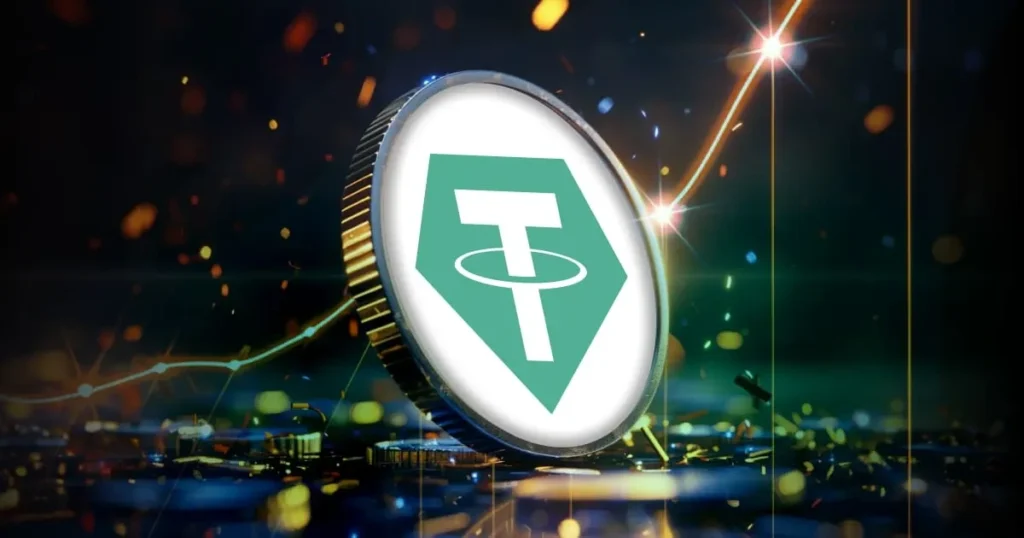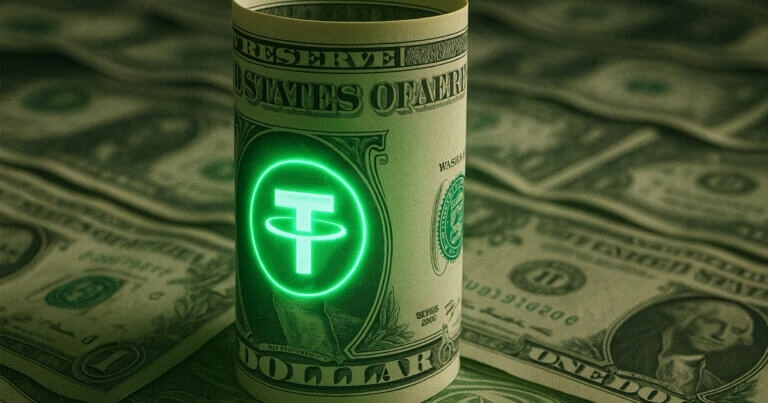Why Use USDT? It’s Not Just for Crypto Pros Anymore
So, Why Use USDT Anyway?
Let’s be honest—why use USDT might not be the question you expected to ask in 2025, but here we are. It’s everywhere. Whether it’s in Telegram groups, freelance invoices, or digital wallets, USDT (Tether) is popping up outside the usual crypto crowd. And no, it’s not just for traders or tech nerds anymore. People from all walks of life—designers, digital nomads, even small business owners—are starting to rely on it.
But what’s really going on here? Why is this particular stablecoin getting so much traction? Let’s break it down.
Stability in a Sea of Chaos — Why Use USDT for Payments?
Look, crypto can be wild. One day Bitcoin’s soaring, the next it’s… well, not. But USDT? It’s pegged to the US dollar—pretty tightly, too. That means it stays right around $1 (most of the time), which is a huge relief if you’re trying to send or receive money without worrying about value fluctuations.
Why use USDT for payments? Because it’s fast, cheap, and stable. Bank transfers take days and charge fees that make you wince. USDT, especially over networks like Tron or Polygon, arrives in minutes—and with pennies in fees, sometimes less.


Plus, no middlemen. No frozen accounts. No “we’re processing your request.” Just peer-to-peer, straightforward transactions.
Access, Anonymity, and… Options
Here’s the part that doesn’t get enough attention: USDT makes global money movement accessible. You don’t need a bank account. You don’t need approval. In places with unstable currencies—think Argentina or Lebanon—some people literally hold USDT instead of their national money. That’s not a niche use case anymore. That’s survival.
And hey, some folks like the semi-anonymity, too. It’s not fully private, but it’s certainly less invasive than traditional banking. Maybe you’re a freelancer in a country with strict currency controls. Maybe you’re just tired of being charged international fees every time you get paid. USDT fills that gap.
It’s not perfect—let’s not pretend it is. There’s debate about how much US dollar backing Tether actually holds. Some folks trust it, some raise eyebrows. But guess what? For everyday use? Most people seem fine with the tradeoff.

Why Use USDT Over Traditional Money? (Or Even Bitcoin?)
This is where it gets interesting. You’d think Bitcoin would be the default for “decentralized payments,” but… it’s not very practical for everyday stuff. It’s too volatile. Fees can spike. And the speed? Eh, sometimes it lags.
Why use USDT instead? Because it just works. You can send $10 or $10,000, and it won’t lose 10% in transit. That’s kind of a big deal, especially when you’re paying rent, not buying NFTs.

And compared to traditional money? Well, if you’ve ever tried sending a wire from one country to another, you already know the headache. USDT skips the red tape. For some, it’s about freedom. For others, it’s just practical.
A Growing Trend That’s Hard to Ignore
It’s easy to dismiss crypto as a fad. But when you zoom out, this shift toward digital, dollar-pegged money? It feels more like a slow, steady migration. Not just investors—real people using USDT in real ways.
Why use USDT now? Because whether you’re escaping inflation, avoiding fees, or just want faster control over your money, it’s becoming one of the most convenient tools available.

Will it replace traditional currency? Maybe not. But is it already reshaping how value moves across borders? Yeah. Quietly, but undeniably.
Final Thoughts — So, Really, Why Use USDT?
At the end of the day, why use USDT isn’t a crypto-only question anymore. It’s a financial one. It’s a lifestyle one. For some, it’s even a survival one. Stability, speed, and access—that’s the trifecta that’s made USDT more than just another coin on the list.
Is it perfect? No. But perfect’s not the point. USDT works for people in ways that traditional finance often doesn’t. And that—flaws and all—makes it worth paying attention to.
Relevant news: Why Use USDT? The Real Pros & Cons You Should Know




